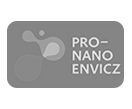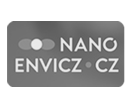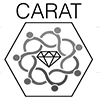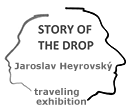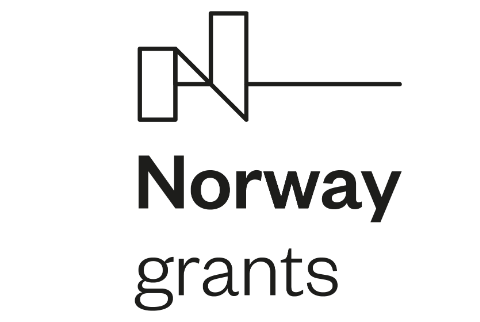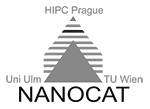Clusters of Department of Theoretical Chemistry
A: Major Equipment - Computational clusters
1) Cluster fock.jh-inst.cas.cz (960 CPU cores)
- 29 computational nodes + 1 head node
- Each node with 2x CPU Intel Xeon Gold 6226R @ 2.9 GHz (32 cores), 384 GB RAM, 3 TB SSD disk space
- Connectivity provided by two 1Gb/s ethernet networks (management and data)
- 24 kVA power backup solution
- OS Debian GNU/Linux with SoGE queueing system
2) Cluster kohn.jh-inst.cas.cz (616 CPU cores)
- 54 computational nodes + 1 head node
- 20 nodes with 2x CPU Intel Xeon E5-2667 v3 @ 3.2 GHz (16 cores), 128 GB RAM and 34 nodes with 2x CPU Intel Xeon X5687 @ 3.6 GHz (8 cores), 48 GB RAM, 4 TB disc space
- Connectivity provided by 3 networks: 2x 1Gb/s ethernet (management and data), 1x 40 Gb/s InfiniBand for HPC parallel environment
- 20 kVA power backup solution
- OS Debian GNU/Linux with SoGE queueing system
3) Cluster gpu.jh-inst.cas.cz (612 CPU cores)
- 28 computational nodes + 1 head node
- Each node with 2x CPU Intel Xeon, several generations and architectures starting with X5675 @ 3.07 GHz (12 cores) and ending with Gold 6226R @ 2.9 GHz (32 cores), up to 750 GB RAM, 2-4 TB disc space per node
- 12 nodes are equipped with GPU computational card Nvidia Tesla
- 1 node equipped with Intel Xeon Phi computational card
- Connectivity provided by two networks: 2x 1Gb/s ethernet (management and data)
- 16 kVA power backup solution
- OS Debian GNU/Linux with SGE queueing system
B: Available Methods
1) Computational clusters are equipped with the following free and commercial software
- Compiler Intel, GNU
- Libraries: Intel MPI, Intel MKL, OpenMPI, OFED, FFTW, Global Arrays
- Quantum chemistry programs: CP2K, CRYSTAL, DALTON, GAMESS(US), Gaussian, Molpro, Molcas, Molden, NWChem, ORCA, TmoleX, Turbomole, VASP, VMD
2) Locally developed or locally extended/modified methods (most of them still under development)
- Discrete Momentum Representation (DMR) method for vibrationally inelastic collisions of electrons with polyatomic molecules - fully developed in the department
- Two-electron R-matrix method for description of large Rydberg molecules - fully developed in the department
- Hilbert-space Multireference CC methods including LPNO versions
- Density matrix renormalization group (DMRG) method for strongly correlated systems
- DMRG-based externally corrected CC methods including LPNO version
- Molecular dynamics with non-adiabatic and spin-orbit couplings implemented in Newton-X

Department of Theoretical Chemistry
Deputy Head










